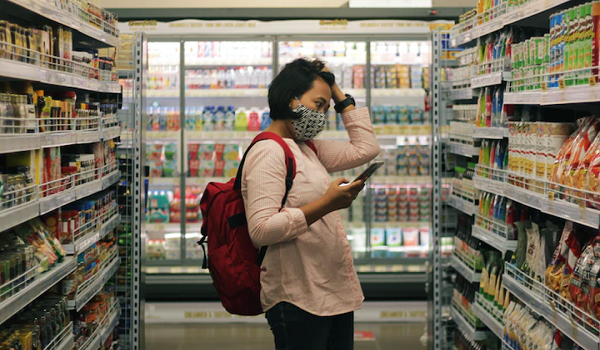Rising Prices Push Consumers towards Smaller FMCG Packs, Impacting Volume Growth
Amid soaring prices of groceries and household essentials, Indian consumers are increasingly opting for smaller packs of daily-use products. This shift is significantly impacting volume growth in the fast-moving consumer goods (FMCG) sector as companies grapple with rising input costs and inflationary pressures.
Key categories such as soaps, snacks, and tea have been hit hard by rising commodity prices. Palm oil, a vital ingredient in many FMCG products, has seen a price surge of nearly 30% year-on-year, according to a report by Nuvama Institutional Equities. Analysts have noted that consumers’ preference for smaller packs, driven by price hikes, is negatively affecting sales volumes.
Companies like Hindustan Unilever (HUL), Godrej Consumer Products (GCPL), and snack manufacturers such as Bikaji and Tata Consumer have implemented price hikes, with soap prices rising by about 10% in recent months. “We are in the process of taking one or two more price hikes, and I think that should be enough,” said Saugata Gupta, Managing Director and CEO of Marico.
However, these price hikes come with challenges. Consumers are now shifting from larger packs to smaller, more affordable ones. For example, instead of buying a 1 kg tea pack or multi-pack soaps, consumers are opting for 500-gram tea packs or single soap bars, directly impacting quarterly sales volumes.
The FMCG sector’s growth remains sluggish, primarily due to weak urban demand. While rural markets have shown gradual improvement, aided by favorable monsoons, the recovery has not been robust enough to counterbalance urban slowdowns.
Shrinkflation—where companies reduce product grammage while maintaining the same price—have become a common strategy to manage rising costs. However, this approach risks eroding brand loyalty as consumers increasingly seek better value-for-money alternatives.
Nestle India, for instance, has been battling rising input costs, particularly for green coffee, a key component in its Nescafe range. “The price of green coffee has increased thrice in the last three years. We have taken several steps to identify savings and efficiencies before implementing price hikes,” said a Nestle India spokesperson.
As inflationary pressures persist, balancing affordability, quality, and profitability remains a key challenge for FMCG companies. Industry experts emphasize the need for policy incentives to stimulate demand and ease cost pressures. For now, both consumers and companies must navigate this challenging landscape carefully.


